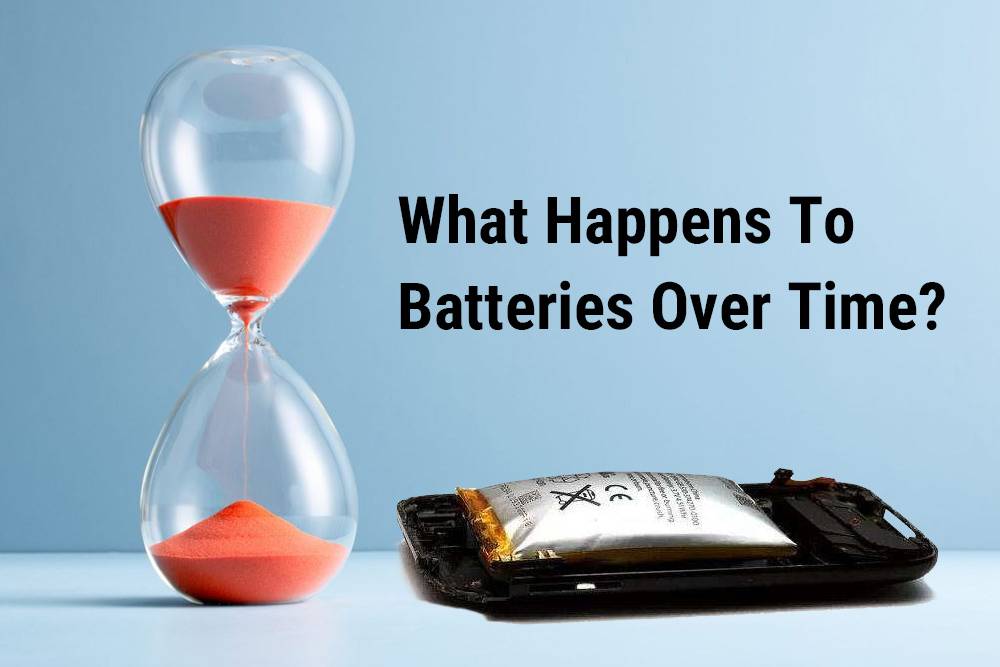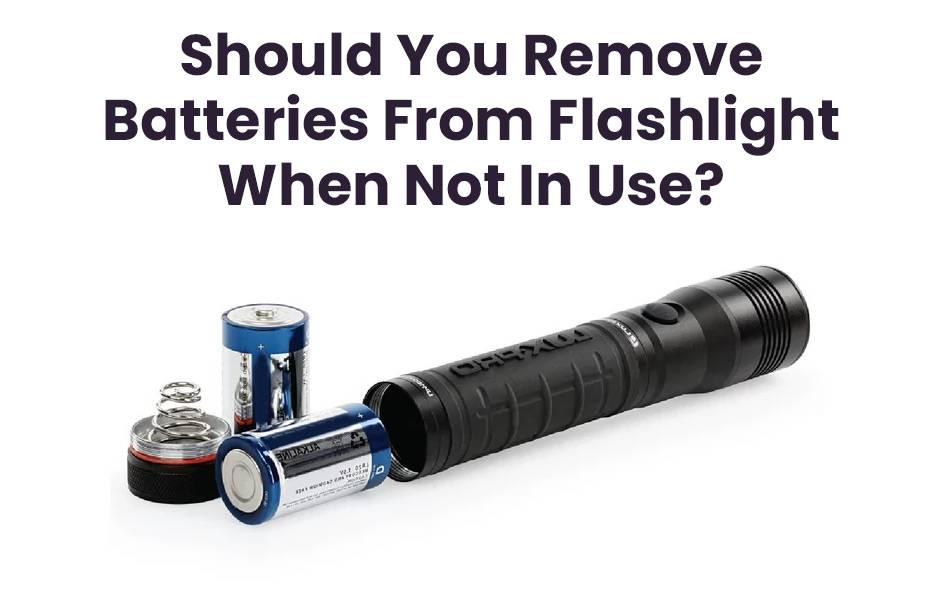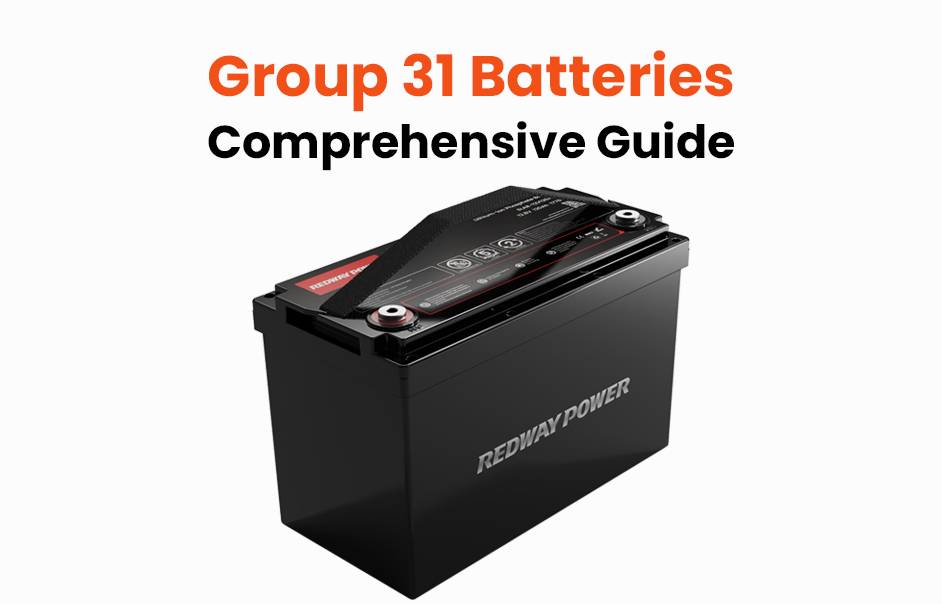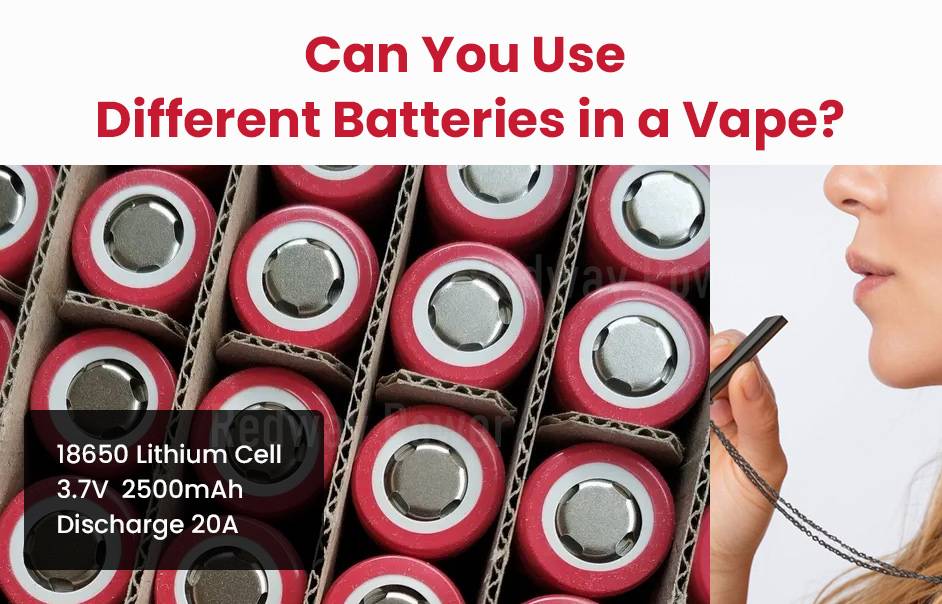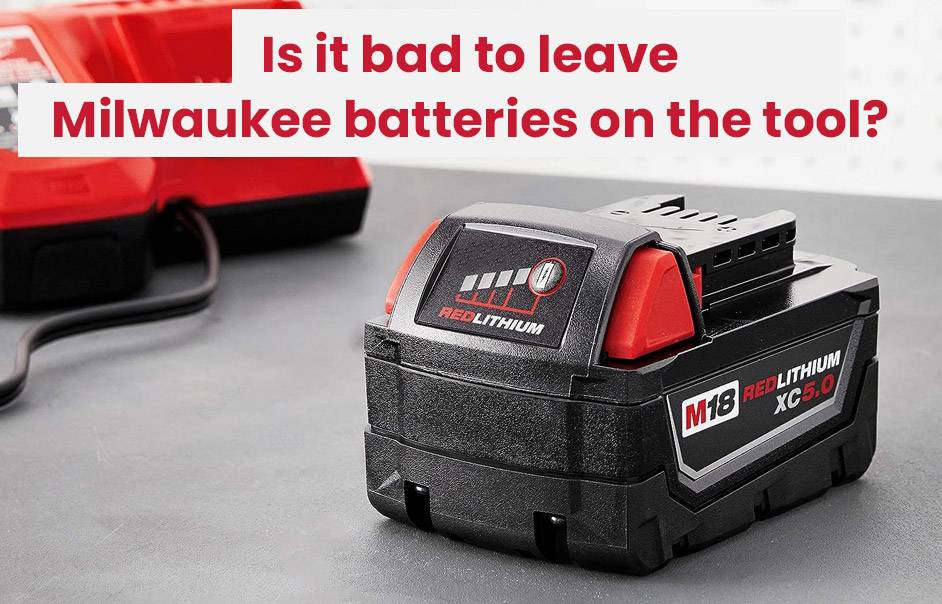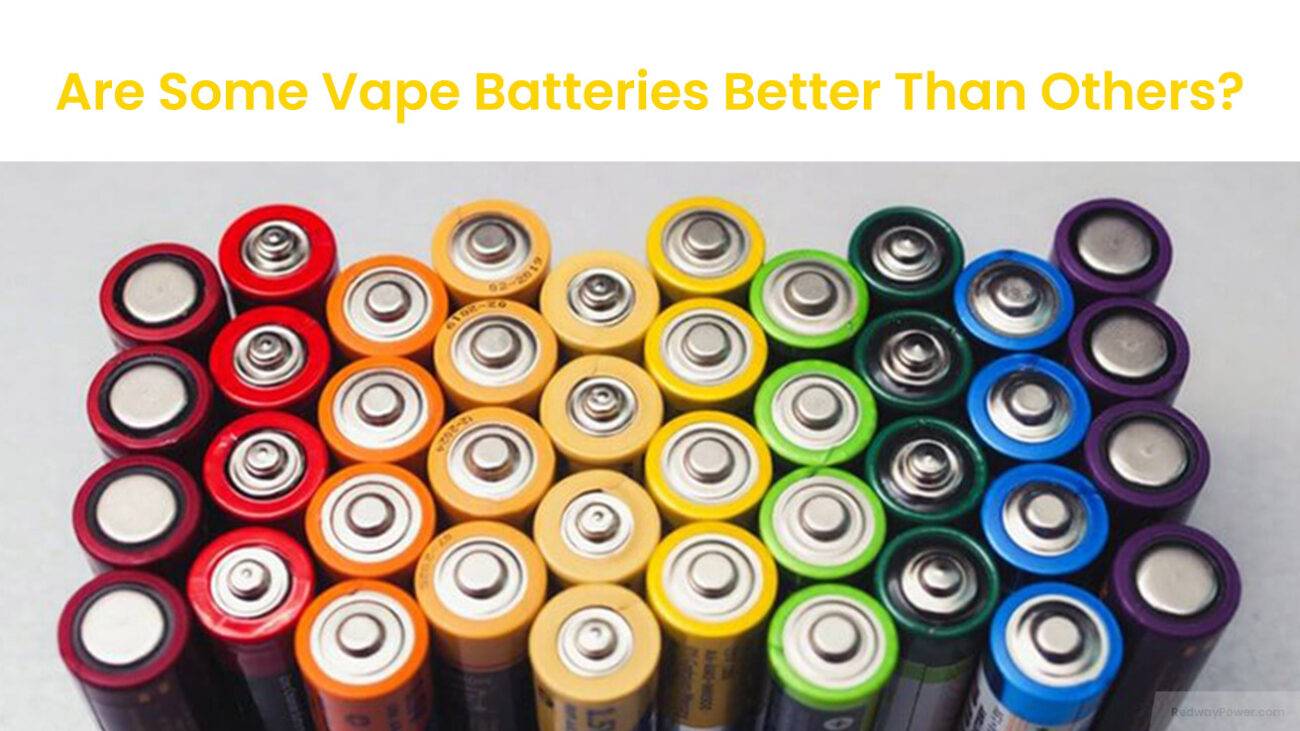- Lithium Golf Cart Battery
- Forklift Lithium Battery
-
48V
- 48V 210Ah
- 48V 300Ah
- 48V 420Ah (949 x 349 x 569 mm)
- 48V 420Ah (950 x 421 x 450 mm)
- 48V 456Ah
- 48V 460Ah (830 x 630 x 590 mm)
- 48V 460Ah (950 x 421 x 450 mm)
- 48V 460Ah (800 x 630 x 600 mm)
- 48V 460Ah (820 x 660 x 470 mm)
- 48V 500Ah
- 48V 560Ah (810 x 630 x 600 mm)
- 48V 560Ah (950 x 592 x 450 mm)
- 48V 600Ah
- 48V 630Ah
-
48V
- 12V Lithium Battery
12V 150Ah Lithium RV Battery
Bluetooth App | BCI Group 31
LiFePO4 Lithium
Discharge Temperature -20°C ~ 65°C
Fast Charger 14.6V 50A
Solar MPPT Charging - 24V Lithium Battery
- 36V Lithium Battery
- 48V Lithium Battery
-
48V LiFePO4 Battery
- 48V 50Ah
- 48V 50Ah (for Golf Carts)
- 48V 60Ah (8D)
- 48V 100Ah (8D)
- 48V 100Ah
- 48V 100Ah (Discharge 100A for Golf Carts)
- 48V 100Ah (Discharge 150A for Golf Carts)
- 48V 100Ah (Discharge 200A for Golf Carts)
- 48V 150Ah (for Golf Carts)
- 48V 160Ah (Discharge 100A for Golf Carts)
- 48V 160Ah (Discharge 160A for Golf Carts)
-
48V LiFePO4 Battery
- 60V Lithium Battery
-
60V LiFePO4 Battery
- 60V 20Ah
- 60V 30Ah
- 60V 50Ah
- 60V 50Ah (Small Size / Side Terminal)
- 60V 100Ah (for Electric Motocycle, Electric Scooter, LSV, AGV)
- 60V 100Ah (for Forklift, AGV, Electric Scooter, Sweeper)
- 60V 150Ah (E-Motocycle / E-Scooter / E-Tricycle / Tour LSV)
- 60V 200Ah (for Forklift, AGV, Electric Scooter, Sweeper)
-
60V LiFePO4 Battery
- 72V~96V Lithium Battery
- Rack-mounted Lithium Battery
- E-Bike Battery
- All-in-One Home-ESS
- Wall-mount Battery ESS
-
Home-ESS Lithium Battery PowerWall
- 24V 100Ah 2.4kWh PW24100-S PowerWall
- 48V 50Ah 2.4kWh PW4850-S PowerWall
- 48V 50Ah 2.56kWh PW5150-S PowerWall
- 48V 100Ah 5.12kWh PW51100-F PowerWall (IP65)
- 48V 100Ah 5.12kWh PW51100-S PowerWall
- 48V 100Ah 5.12kWh PW51100-H PowerWall
- 48V 200Ah 10kWh PW51200-H PowerWall
- 48V 300Ah 15kWh PW51300-H PowerWall
PowerWall 51.2V 100Ah LiFePO4 Lithium Battery
Highly popular in Asia and Eastern Europe.
CE Certification | Home-ESS -
Home-ESS Lithium Battery PowerWall
- Portable Power Stations
Why Do Rechargeable Batteries Eventually Lose Their Charge?

Rechargeable batteries eventually lose their charge due to various factors, including chemical reactions, charge cycles, temperature fluctuations, and usage patterns. Over time, these elements contribute to capacity loss and reduced performance, leading to the eventual death of the battery. Understanding these factors can help users maximize battery lifespan.
What Causes Rechargeable Batteries to Deteriorate Over Time?
Rechargeable batteries deteriorate primarily due to chemical reactions that occur during charging and discharging. As batteries undergo these cycles, internal components can degrade, leading to increased resistance and reduced capacity. Additionally, factors such as age and environmental conditions can accelerate this process.Chart: Causes of Battery Deterioration
| Cause | Description |
|---|---|
| Chemical Reactions | Degradation of materials during charge/discharge. |
| Age | Natural wear over time affects performance. |
| Environmental Conditions | Extreme temperatures can accelerate degradation. |
How Do Charge and Discharge Cycles Affect Battery Life?
Each rechargeable battery has a limited number of charge and discharge cycles it can undergo before its capacity significantly declines. For instance, lithium-ion batteries typically last between 300 to 500 cycles, depending on usage patterns and maintenance practices. Deep discharges and frequent full cycles can shorten this lifespan.Chart: Cycle Life Comparison
| Battery Type | Typical Cycle Life |
|---|---|
| Lithium-Ion | 300 – 500 cycles |
| Nickel-Metal Hydride (NiMH) | 300 – 500 cycles |
| Nickel-Cadmium (NiCd) | 500 – 1000 cycles |
Why Does Temperature Impact the Lifespan of Batteries?
Temperature plays a crucial role in battery longevity. High temperatures can accelerate chemical reactions within the battery, leading to faster degradation and capacity loss. Conversely, low temperatures can reduce a battery’s efficiency and performance. The optimal temperature range for most batteries is around 20°C to 25°C.Chart: Temperature Effects on Battery Performance
| Temperature Range | Effect on Performance |
|---|---|
| Below 0°C | Reduced efficiency |
| 20°C – 25°C | Optimal performance |
| Above 40°C | Accelerated degradation |
What Role Does Battery Chemistry Play in Longevity?
Different battery chemistries have varying lifespans and degradation rates. For example, lithium-ion batteries generally have a shorter lifespan than lithium iron phosphate (LiFePO4) batteries, which are designed for longevity and stability. Understanding the specific chemistry can help users select the right battery for their needs.Chart: Comparison of Battery Chemistries
| Chemistry | Typical Lifespan | Characteristics |
|---|---|---|
| Lithium-Ion | 300 – 500 cycles | High energy density |
| Nickel-Metal Hydride (NiMH) | 300 – 500 cycles | Moderate energy density |
| Lithium Iron Phosphate (LiFePO4) | 2000+ cycles | Long lifespan, stable performance |
How Do Usage Patterns Influence Battery Degradation?
Usage patterns significantly impact how quickly a rechargeable battery degrades. Frequent deep discharges, overcharging, or using devices at high power levels can lead to faster deterioration. Maintaining a moderate state of charge (between 20% and 80%) is recommended to extend battery life.
Can Proper Maintenance Extend the Life of Rechargeable Batteries?
Yes, proper maintenance practices can significantly extend the life of rechargeable batteries. This includes:
- Avoiding full discharges.
- Storing batteries in a cool, dry place.
- Regularly checking charge levels.
- Using appropriate chargers designed for specific battery types.
By following these practices, users can maximize their batteries’ performance and longevity.
What Are the Signs That a Rechargeable Battery Is Dying?
Common signs that a rechargeable battery is nearing the end of its life include:
- Decreased Capacity: The battery does not hold a charge as well as it used to.
- Increased Self-Discharge: The battery loses charge more quickly when not in use.
- Physical Damage: Swelling or leakage indicates potential failure.
Monitoring these signs can help users determine when it’s time for replacement.
Tips for Battery Wholesale Buyers
When purchasing batteries wholesale or making OEM orders, it’s crucial to choose a reliable manufacturer like Redway Power, which has over thirteen years of experience in lithium battery manufacturing. They offer various lithium-ion products that serve as excellent alternatives to lead-acid batteries. To make OEM orders effectively:
- Research potential suppliers thoroughly.
- Request samples to evaluate quality.
- Discuss customization options based on your needs.
- Ensure clear communication regarding specifications and delivery timelines.
Redway Power Expert Views
“Understanding why rechargeable batteries die is essential for maximizing their lifespan,” states an expert from Redway Power. “By adopting best practices in usage and maintenance, users can significantly extend the life of their batteries while ensuring optimal performance.”
FAQ Section
- Why do rechargeable batteries lose their charge over time?
Rechargeable batteries lose their charge due to chemical reactions during use, aging effects, temperature fluctuations, and improper charging practices. - How many charge cycles do lithium-ion batteries typically last?
Lithium-ion batteries typically last between 300 to 500 charge cycles, depending on usage patterns and maintenance. - What temperature range is best for rechargeable batteries?
The optimal temperature range for most rechargeable batteries is between 20°C to 25°C. - Can I extend my rechargeable battery’s life with maintenance?
Yes, proper maintenance practices like avoiding full discharges and using appropriate chargers can significantly extend battery life.
This comprehensive guide provides essential insights into why rechargeable batteries eventually die and how users can take steps to prolong their lifespan through informed usage and maintenance practices.

















